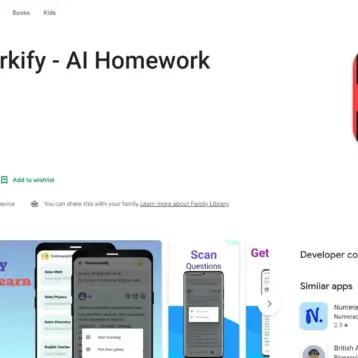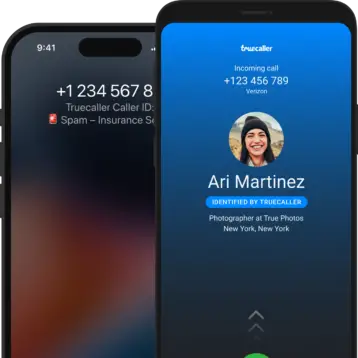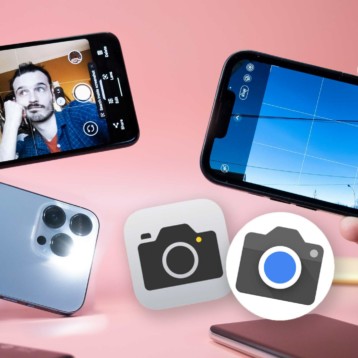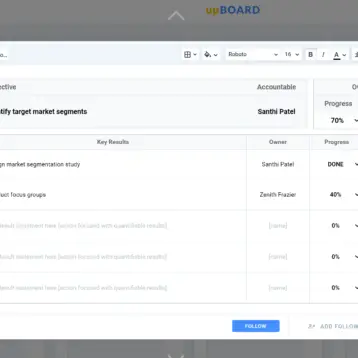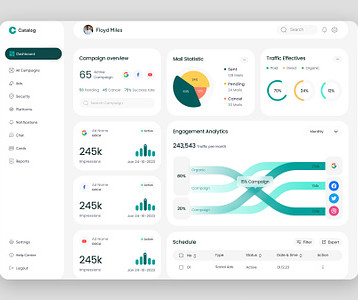|
The newly designed system, named Supple, starts with a one-time evaluation of a person’s mouse pointing, dragging, and clicking skills. The process starts a ring of dots appearing on the user’s screen and as each dot lights up, the user must promptly click on it. The test is then performed with varying-sized dots. The next section questions the user to click and drag, select from a list, and click repeatedly on one spot. Participants can control the cursor using any type of device. An able-bodied person usually takes 20 minutes to complete the test, but someone with motor disabilities might take as long as 90 minutes.
The next part of the system is an optimization program, which calculates the duration needed for the specific person with special needs to complete the range of computer tasks. Within a few seconds, the system is able to generate the interface that takes full advantage of the person’s precision and speed when using a specific program. Lead researcher Krzysztof Gajos says, “Assistive technologies are built on the assumption that it’s the people who have to adapt to the technology. We tried to reverse this assumption, and make the software adapt to people.”
|
From initial tests, the system narrowed the performance gap between disabled and able-bodied users by 62%. Furthermore, disabled users excitedly preferred the automatically generated interfaces. This shows that automatically generating personalized interfaces really does work, and the technology is ready for prime time.
The team recently tested the system on six able-bodied people and eleven people with motor impairments. A man with heightened cerebral palsy used his chin to manipulate a trackball and was able to move the pointer rapidly but spastically. Using the results from the man’s test, Supple generated a user interface where all buttons were larger than the usual, and lists were expanded to reduce scrolling.
Future considerations include adapting the current system to be applied to screens of various sizes, for instance handheld devices. The only drawback would be that the whole system would need to be completely re-designed specifically for different sized screens. However, initial uses are likely to be for web-based applications.
TFOT has previously written about alternative mouse manipulation, where people with disabilities can use the computer with unique software which utilizes a simple camera that tracks the user’s eyes across the screen. You can also check out our article about mind controlled bionic limbs which discusses how primates have shown how they can move a robotic arm merely by thinking about it via sensors picking up their brain-signal patterns. TFOT also covered COGAIN – gaming without hands, only the player’s eyes. The new technology brings hope to disabled gaming-lovers who usually cannot enjoy new games that use advanced, three-dimensional graphics.
Additional information on Supple specialised user interface can be obtained at the University of Washington website.





